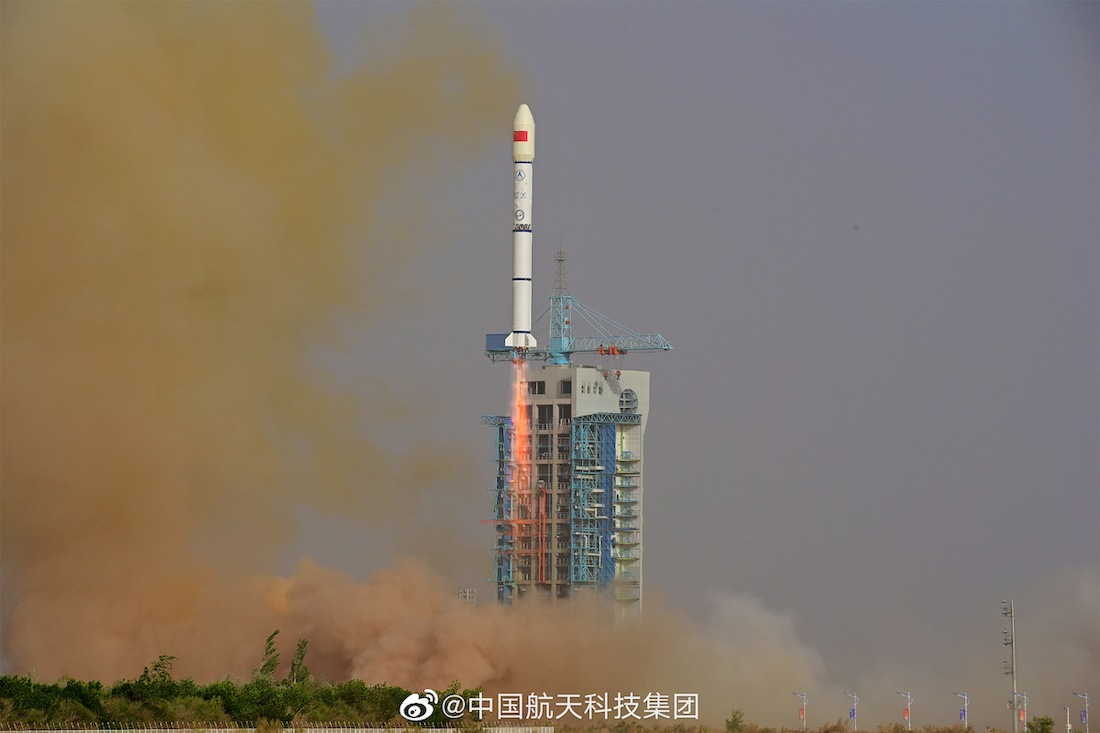
A two-stage Chinese Long March 2C rocket launched Friday and delivered three communications test satellites into an orbit about 550 miles (880 kilometers) above Earth.
The Long March 2C rocket lifted off from the Jiuquan launch base in the Gobi Desert of northwestern China at 6:30 a.m. EDT (1030 GMT) Friday, according to the China Aerospace Science and Technology Corp., or CASC, the state-owned organization in charge the Chinese space industry.
The liquid-fueled launcher flew south from Jiuquan, then deployed a Yuanzheng 1S upper stage to finish the job of placing the three satellites into the proper orbit for deployment.
U.S. military tracking data confirmed the the satellites were deployed in a near-circular orbit at an average altitude of about 550 miles, with an inclination of 86 degrees to the equator.
Few details about the satellites were disclosed by Chinese officials, but two of the communications spacecraft were manufactured by Chang Guang Satellite Technology Co. Ltd., a commercial company that has previously specialized in building Earth-imaging satellites. The third satellite was built by the China Academy of Space Technology, a government-owned enterprise part of CASC.
“These satellites will carry out tests and verifications of in-orbit communication technologies,” China’s state-run Xinhua news agency reported.
Chinese companies are developing technologies for a large “megaconstellation” consisting of thousands of internet satellites, similar to SpaceX’s Starlink and the OneWeb broadband networks.
The Long March 2C rocket used Friday flew with 13.8-foot-diameter (4.2-meter) payload fairing, a larger than usual nose cone designed to provide more volume to accommodate more satellites on a single mission. China debuted the wider fairing design on a Long March 2C mission last August.
Email the author.
Follow Stephen Clark on Twitter: @StephenClark1.
